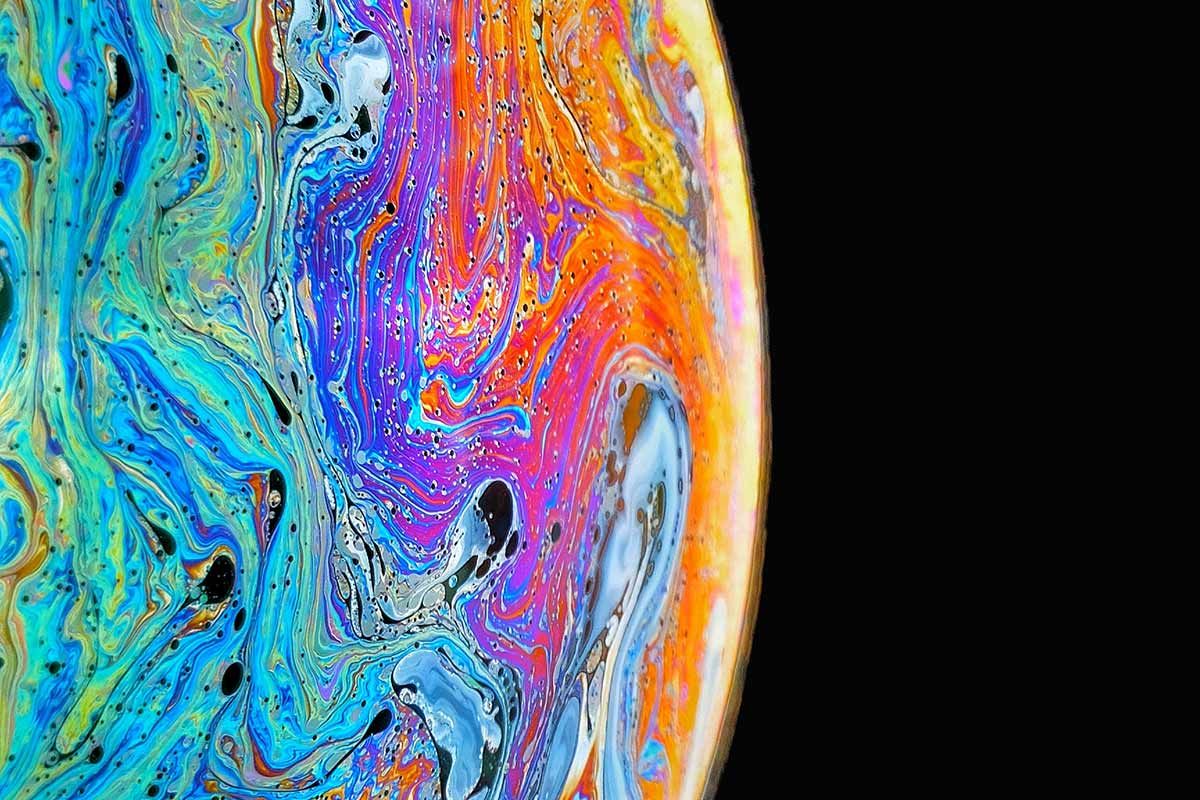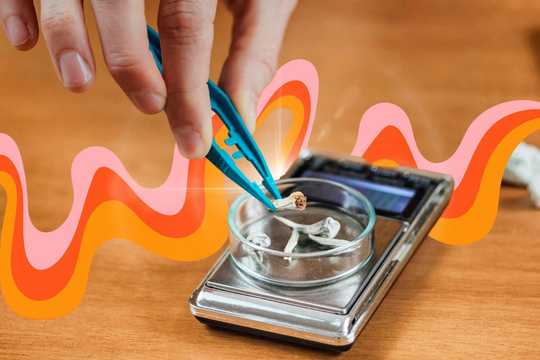Ketamine-assisted psychotherapy (KAP) is a form of psychedelic therapy that promises healing for patients suffering from depression and trauma. Join Dr. James Woods as we learn more about the present, and future, of this form of psychedelic medicine.
Seeking Something Better
I have been practicing medicine for over 30 years, mostly in community clinics and rural health clinics. My patients seldom had access to behavioral medicine or therapy resources in the community due to their marginalized status. As a result,15 years ago I took a 6 month “mini-fellowship” in Primary Care Pediatric Psychopharmacology. Over the years I added training in Adult Psychopharmacology, CBT, and other therapeutic techniques.
Having completed a graduate degree in Medical Anthropology prior to medical school, I felt comfortable with issues of cultural diversity.
My results were pretty good. They were better than the 30% that the literature usually quotes. But the limitations of the conventional medications and therapy techniques chaffed. I wanted something better, but did not know where to turn.
Discovering Ketamine-Assisted Psychotherapy (KAP)
A patient in my private practice knew I was frustrated and he mentioned psychedelic-assisted psychopharmacology. My first reaction was to roll my eyes and change the subject. Luckily, he persisted. This patient was an “Adherence Rater” for MAPS. He had watched, literally, over a thousand hours of MDMA sessions while grading the therapists on their adherence to protocol. He knew a lot about psychedelics and mental health. Thus, he gave me some good resources to ponder. After I started reading the literature, I was hooked.
I resigned from a rural health job to devote a year to researching MDMA, Ketamine, and LSD in therapeutic contexts. I also did a lot of research into the neurobiology of meditation. Having considered myself a Buddhist since the age of 14, I was curious to understand the new tools- fMRI, high resolution EEGs, PET scans etc. I was also curious about what they revealed regarding the meditation techniques and world view I had assimilated through my relationship with the Dharma.
Buddha instructed his followers to be skeptical. If any valid evidence showed his approach to be incorrect, followers were to follow the truth, not his words. After a fair amount of study, everything I read in the literature confirmed everything I had been taught by my Lamas. It validated their teaching methods as well.
FDA Moves the Goalposts
I was, by that time, associated with a pilot group preparing to practice MDMA-assisted Psychotherapy in compliance with the MAPS protocols. It was so exciting to help put together the medical component of the therapy and to learn about the therapeutic side.
Unfortunately, the FDA kept moving the goalposts. In our naivete, we thought we would be treating a large number of patients under the expanded access provision of the “breakthrough” FDA designation. When the FDA finally came out with the details – 50 patients total nationwide – I knew I would have to leave the group and move toward ketamine therapy.
I trained through the Ketamine Training Center (KTC) and started my practice a little over 2 years ago. Later this month, I will present the section on home use of ketamine at the KTC’s first post-Covid in person training.
Exciting Applications of Ketamine-Assisted Psychotherapy (KAP)
While ketamine-assisted psychotherapy (KAP) has tremendous efficacy, I am always looking at the broader ketamine literature. In my practice, I use ketamine throughout the dose range from sub-perceptual to psychedelic. Low dose and very low dose work with ketamine is very beneficial. Moreover, the associated costs mean expanded access to persons who can’t afford KAP.
Eventually the stakeholders – First Responders, Veterans groups, Advocates for survivors of rape and other violence against females and children – will take a more active role in subsidizing and advocating for the provision of KAP and alternative ketamine therapies. That will be exciting.
But perhaps the most exciting will be the use of ketamine at the time of trauma, not 10 years later. There is some evidence from the Vietnam War that soldiers evacuated to hospitals using ketamine had 50% less PTSD than medical evacuees sedated using more conventional agents.
The preventative role of the use of ketamine, beta blockers, and psychedelic agents to halt the development of PTSD and depression is incredibly exciting. So is the use in children who have undergone trauma. Certainly, there is a lot of work to be done first. But the data now certainly suggests that the prophylactic use of ketamine in preventing severe reactions to trauma should be evaluated across the life cycle.
A Spiritual Path to Healing
In the essay I wrote for the new edition of the KTC manual, I refer to KAP therapy as a “Bio-psycho-spiritual” treatment modality. I first discovered the term ”biopsychosocial” in Medical Anthropology years before I heard the word at medical school. The shift from “social” to “spiritual” comes from my experience with Buddhism and KAP.
KAP has always emphasized ritual as part of the setting and a spiritual approach to the set. My research into the neurobiology of meditation and ritual confirms the value of this orientation. My experience as a Dharma practitioner provides experiential validation for the inclusion of spirituality as a core concept in KAP. Spiritual traditions, particularly the contemplative traditions, have a lot to offer in terms of enhancing efficacy and expanding the scope of healing.
It is important to differentiate between spirituality and religion. For me, religion refers to the political/economic roles a spiritual tradition may take on. In Tibetan Buddhism, this would be the monasteries that wielded tremendous secular power. All the Abrahamic religions have esoteric/contemplative branches: Sufi-Islam, Kabala-Judaism, Lectio Divino-Christian, etc.
Complementing KAP Healing & Early Interventions
The immediate changes would be to expand the therapeutic modalities that complement KAP. Furthermore, make them available even prior to initiating KAP: Somatic Therapy, Hypno-therapy, Dance, Art Therapy, Yoga, Tai Chi, Nutritional therapy, and spiritual training according to the client’s preference. All of these would be ongoing, and KAP centers would have the personnel on site to provide service and participate in case conferences.
I am slowly starting to treat younger patients. My current low age range is 15 years old. I can envision lowering that to 13 years of age in the future, if research can confirm the safety. Certainly, the use of ketamine in the ER with pediatric patients is well established. The use of ketamine for procedural sedation and anesthesia is FDA-approved to the age of 3 months. So I think that early intervention for trauma or depression down to 5 years of age might become a possibility.
On a slightly different front, I would recruit experienced psychedelic therapists to begin now to establish risk reduction protocols. This anticipates the flood of psychedelics that may follow state measures to decriminalize and legalize psychedelics. I would also lobby state legislatures to include risk reduction measures as core missions in any legislation that addresses ending the prohibition of psychedelic medicines/substances.









